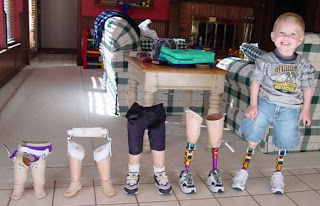GRAPHENE A THINNEST MATERIAL MAY PREVENT THE IMPLANT INFECTION
prof .DRRAM,HIV /AIDS,HEPATITIS ,SEX DISEASES & WEAKNESS expert,New Delhi,India, profdrram@gmail.com,+917838059592,+919832025033,ON WHATSAPP
 We are using many implants as in othopaedic for bony pathology ,cardiac,dental etc if these are infected then they will be rejected by the body.At just one atom thick, graphene is the thinnest material known to man. Due to its high conductibility, graphene could be used in various electronic devices such as phone screens and chargers. New research adds to the list of uses for the material, as a thin layer of graphene is found to have an antibacterial effect.
We are using many implants as in othopaedic for bony pathology ,cardiac,dental etc if these are infected then they will be rejected by the body.At just one atom thick, graphene is the thinnest material known to man. Due to its high conductibility, graphene could be used in various electronic devices such as phone screens and chargers. New research adds to the list of uses for the material, as a thin layer of graphene is found to have an antibacterial effect.
Graphene (shown here) is the world's thinnest material.Graphene was found in 2002, when an expert in microscopically thin materials decided to experiment with very thin layers of carbon.The resulting "supermaterial" is now known as one of the world's strongest materials — in fact, it is 200 times stronger than steel — as well as the thinnest.
Made either as flakes or films, graphene is more electrically conductive than copper.Previously, researchers have experimented with placing the graphene flakes vertically in an effort to expand its applications.
While structuring graphene as vertical "spikes" is not in itself innovative, scientists at the Chalmers University of Technology in Gothenburg, Sweden, are the first to demonstrate that placing the flakes vertically kills off bacteria and prevents infections in a surgical implant.
The findings — which have now been published in the journal Advanced Materials Interfaces — are particularly significant given that previous research yielded conflicting results, with some tests showing that it destroys bacteria and others leaving the bacteria unharmed.
"We discovered that the key parameter is to orient the graphene vertically," says co-corresponding study author Ivan Mijakovic, a professor in the Department of Biology and Biological Engineering at the Chalmers University of Technology. "If it is horizontal, the bacteria are not harmed," he explains.
- Kidney stones universally present hazard in north india,dillution by water prevent it
- Steroid and placebo effect equally for mild persisting asthma with low sputum eosinophils
- Government wants to fix public healthcare staff shortages with ayush docs: will it work?
- Plea in hc for payment of salaries of edmc, north mcd teachers and doctors
- 7 indian pharma companies named in us lawsuit over inflating generic drug prices
- Woman in up dies after explosion in her mouth during treatment,what is diagnosis?
- Woman in up dies after explosion in her mouth during treatment,what is diagnosis?
- Woman in up dies after explosion in her mouth during treatment,what is diagnosis?
- Air pollution ! mothers organising rally in london,anaesthetist choosing gas,will india follow?
- Cardiac arrest is always not sudden as understood -a study

 Comments (
Comments ( Category (
Category ( Views (
Views (